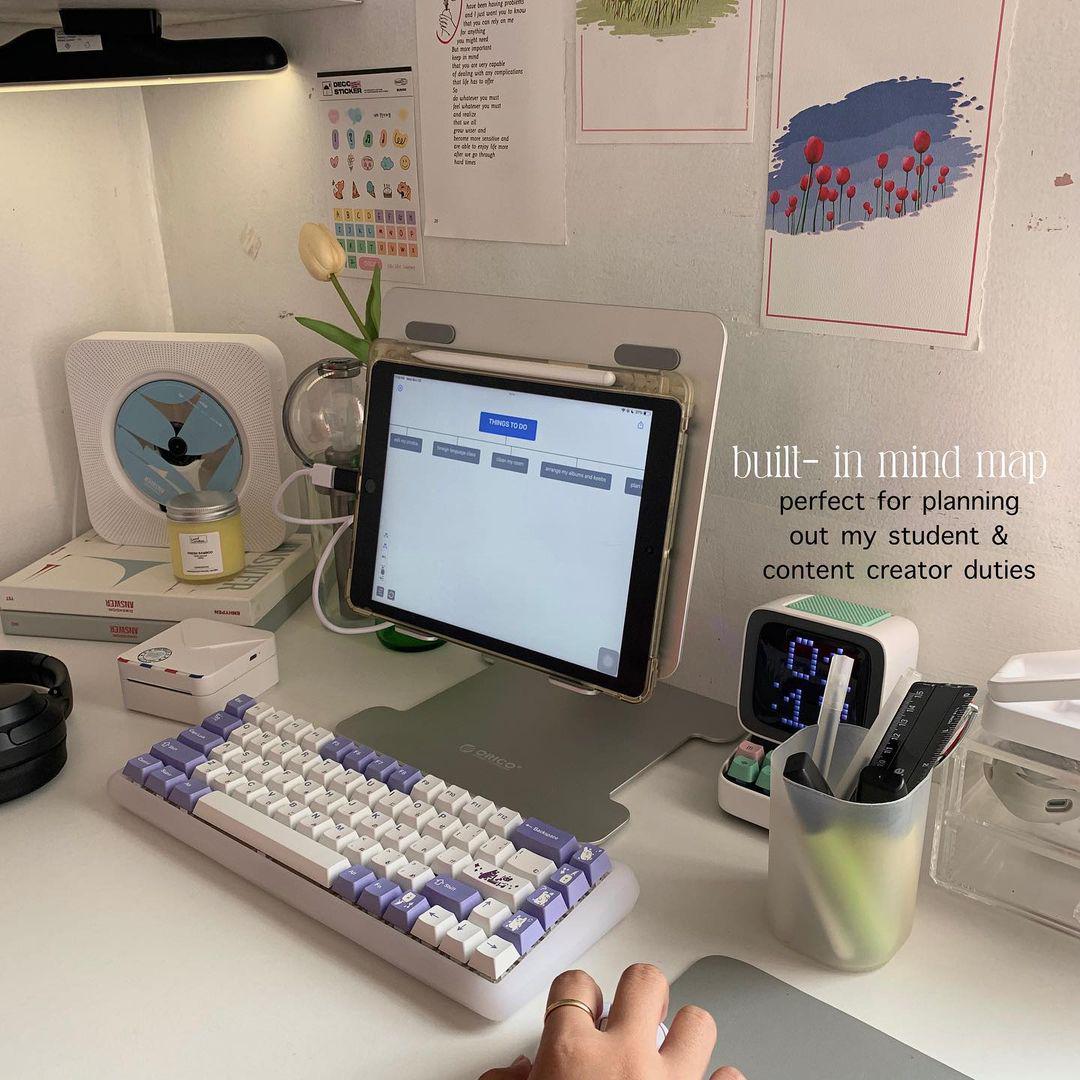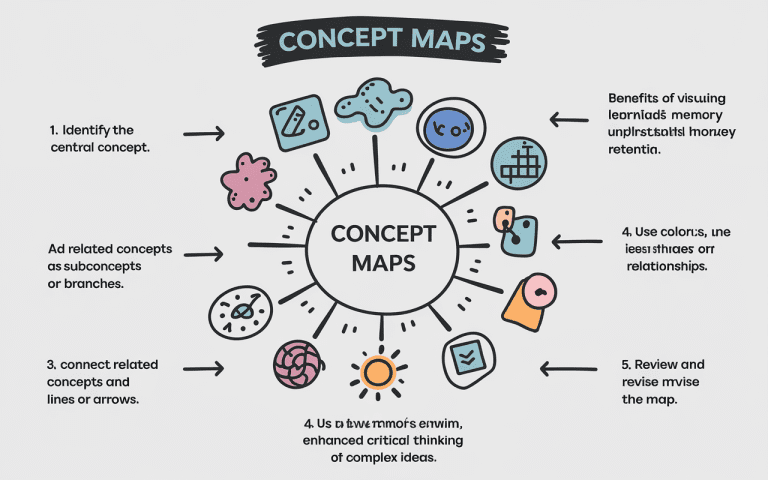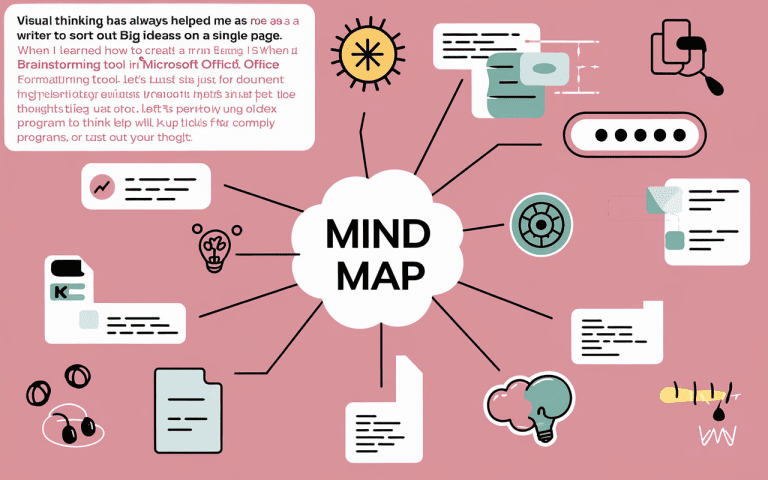What Does a Mind Map Look Like? Visual Guide
Thinking up fresh ideas isn’t easy. Picture giving your group an empty sheet and saying, “Make something great.” It’s scary to start with a complete idea right away. Mind maps can make it easier and help you and your team get moving.
How’s a mind map shaped? It’s a thinking tool that shows ideas. One big thought sits in the middle. Smaller thoughts grow out from it. The whole thing looks round, with the main idea in the center and other ideas spreading out like branches.
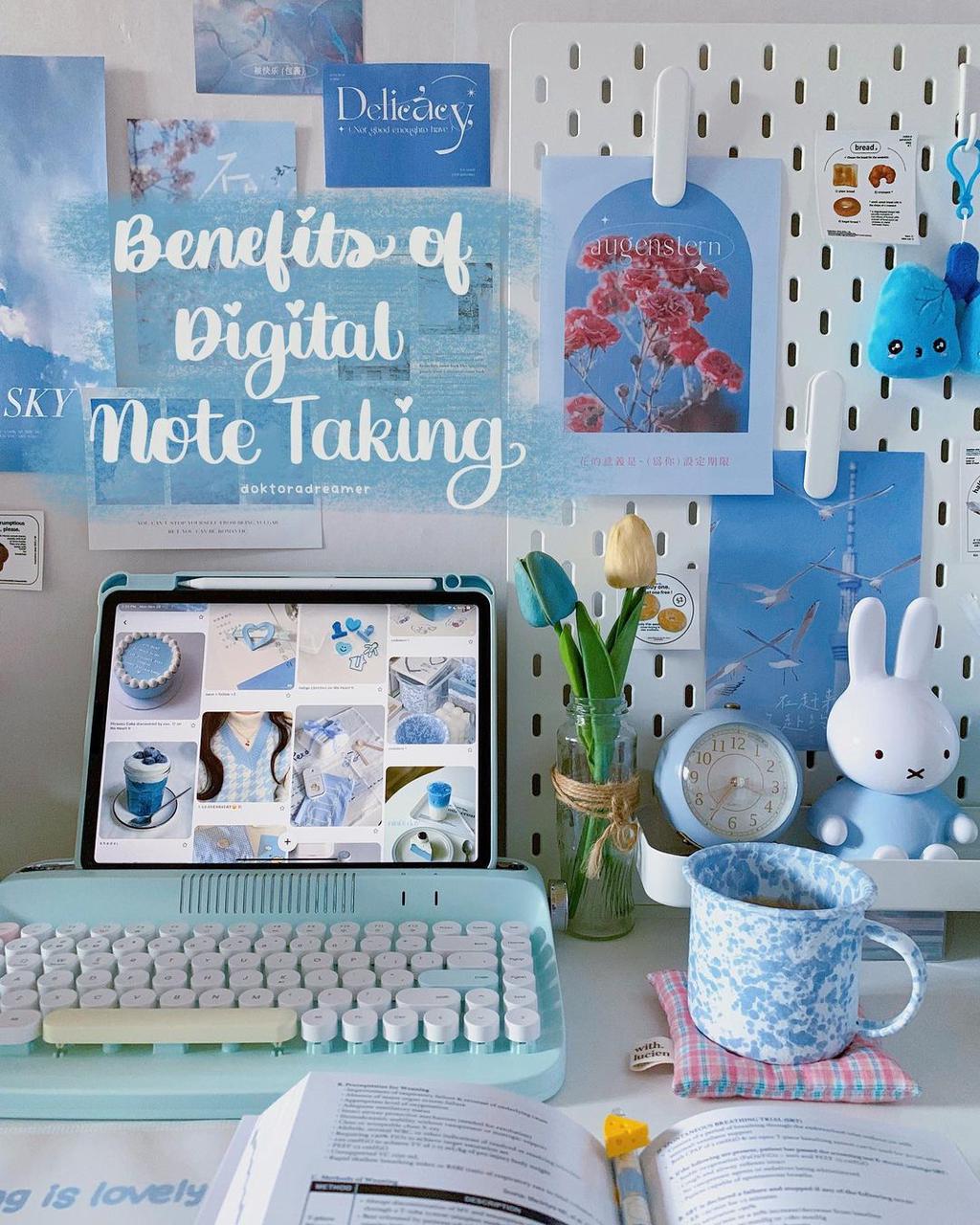
Key Takeaways
- How’s a mind map laid out? It’s a picture of thoughts.
- The main idea sits in the middle. Other ideas branch out around it.
- Mind maps help you think in new ways. They make solving problems easier.
- You can use them to remember stuff or sort out big ideas.
- People use mind maps for work and personal things. They’re good for organizing all kinds of ideas.
What is a Mind Map?
A mind map helps you think up ideas by sorting them in a unique pattern. It starts with a main idea in the center. Then, branches from central idea. This helps us see how things are connected and come up with new ideas.
Mind maps are set up in a radial way. The most critical info is right at the center. Each layer adds more details, just like how our brains work. This makes mind maps a natural way to organize our thoughts.
The Key Elements of a Mind Map
- Central Topic: The main focus or problem that the mind map seeks to address.
- Branches: The subtopics and ideas that stem from the central topic, typically using curved lines to connect them.
- visualization diagram: Visual elements that can enhance understanding and make the mind map more engaging.
- Color Coding: Using different colors to group related ideas or highlight important distinctions.
Using these elements, a mind map helps us see a topic from all angles. It lets us make connections and find new insights. For thinking alone, making plans, or working with others, mind maps help create new ideas and fix issues. What does a mind map look like? It’s a tool that gets your brain going.
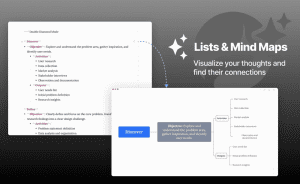
“Mind mapping is a creative and effective means of note-taking and note-making that literally ‘maps out’ your ideas.” – Tony Buzan, Mind Mapping pioneer
Benefits of Mind Mapping
Mind maps work well for one person or a group. They can lower worry, help you remember stuff, and make you think better. How’s a mind map set up? It’s a tool that’s good for many jobs.
Reduced Stress and Increased Productivity
Research shows mind maps help people remember 10-15% more stuff. Another survey showed they can make you 23% more productive. Mind mapping breaks down complex tasks into smaller parts. This reduces stress and makes work more organized.
Enhanced Communication and Collaboration
Mind mapping gives a clear view of a topic or project. It makes it easier to share ideas and work together. Studies show it makes presentations clearer and more interesting.
Mind mapping software, like Effie, lets teams work together in real-time. This makes brainstorming and organizing easier. Effie lets you switch from lists to mind maps easily. You can see your ideas in pictures and then turn them into neat writing. What does a mind map look like in Effie? It’s a tool that helps sort your thoughts.
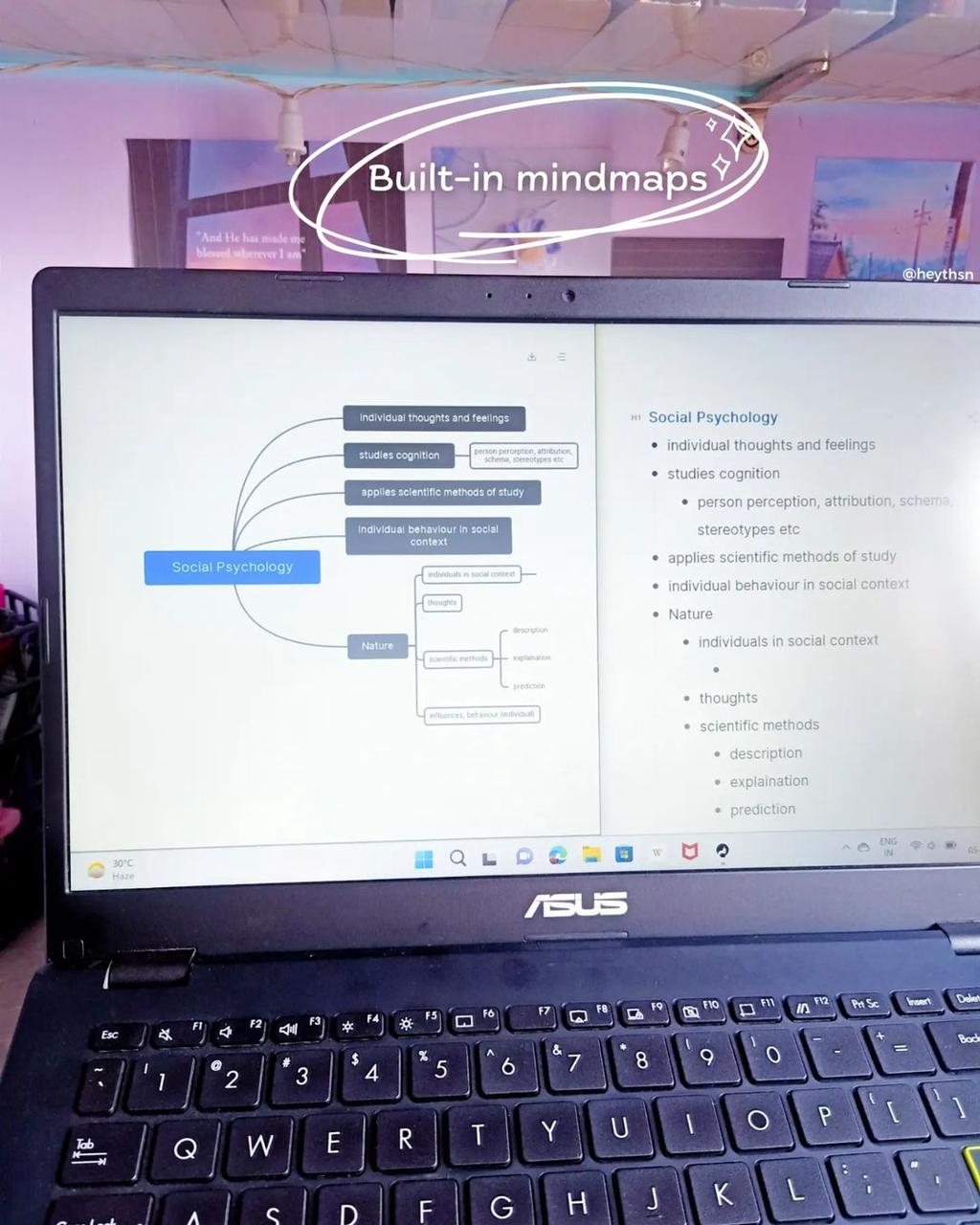
Improved Critical Thinking and Decision-Making
Mind mapping helps improve the quality of written work. It aids in planning essays and projects. It also boosts problem-solving by encouraging creative thinking.
It helps in making better decisions by analyzing information and weighing options. This makes it easier to see potential outcomes.
Memory Retention and Learning Enhancements
Mind mapping is great for keeping information. Studies show it can improve retention by 10-15%. It connects new information with what you already know.
This makes learning faster and deeper. The engaging structure of mind maps helps you remember and understand better.
In conclusion, mind mapping is more than just brainstorming. It reduces stress, improves communication, boosts critical thinking, and enhances memory. It positively impacts personal and professional life.
How to Create a Mind Map
Mind maps help sort out what’s in your head. You can use them to think up ideas, make plans, or write down info. Here’s how to draw a good one. Let’s find out.
Identify the Primary Topic
Begin by putting your main idea in the center. Use a bold image or keyword to mark it. This is the heart of your mind map.
Branch Out into Subtopics
Then, add 3-5 subtopics around your main idea. These are the main branches. Keep your labels short and clear.
Connect Related Topics
Look for links between your subtopics. Use lines or colors to show these connections. It helps you see how ideas are related.
Select Top Themes and Categories
Look over your map and pick the most important themes. Make these the focus. It helps you know what’s most crucial.
Delve Deeper into Niche Ideas
Expand each branch with more details. This lets you dive deep into specific areas. You’ll get a full grasp of your topic.
By following these steps, you can make a great mind map. Use tools like Effie for better organization.Effie’s built-in mind map feature makes it easy to switch between brainstorming, outlining, and writing, all within one intuitive platform. Mind mapping will become a key tool for you.
“Mind mapping is a powerful technique for visually organizing information and ideas. It helps you see the big picture while also exploring the details.”
what does a mind map look like
Imagine a place where ideas grow like flowers, connected by paths. This is what a mind map is. It’s a tool that lets us use our creativity and solve problems.
A mind map starts with a main idea, shown by a big image or word. Then, branches spread out, each with a new idea. These branches can have their own smaller branches, showing how our thoughts connect.
Mind maps are more than just pictures. They are alive, showing how we think. By using colors, symbols, and images, we make them personal and exciting.
Mind maps help us brainstorm, plan, and understand lots of information. They are useful in many areas, like school, work, and personal growth. They are a flexible tool for many tasks.
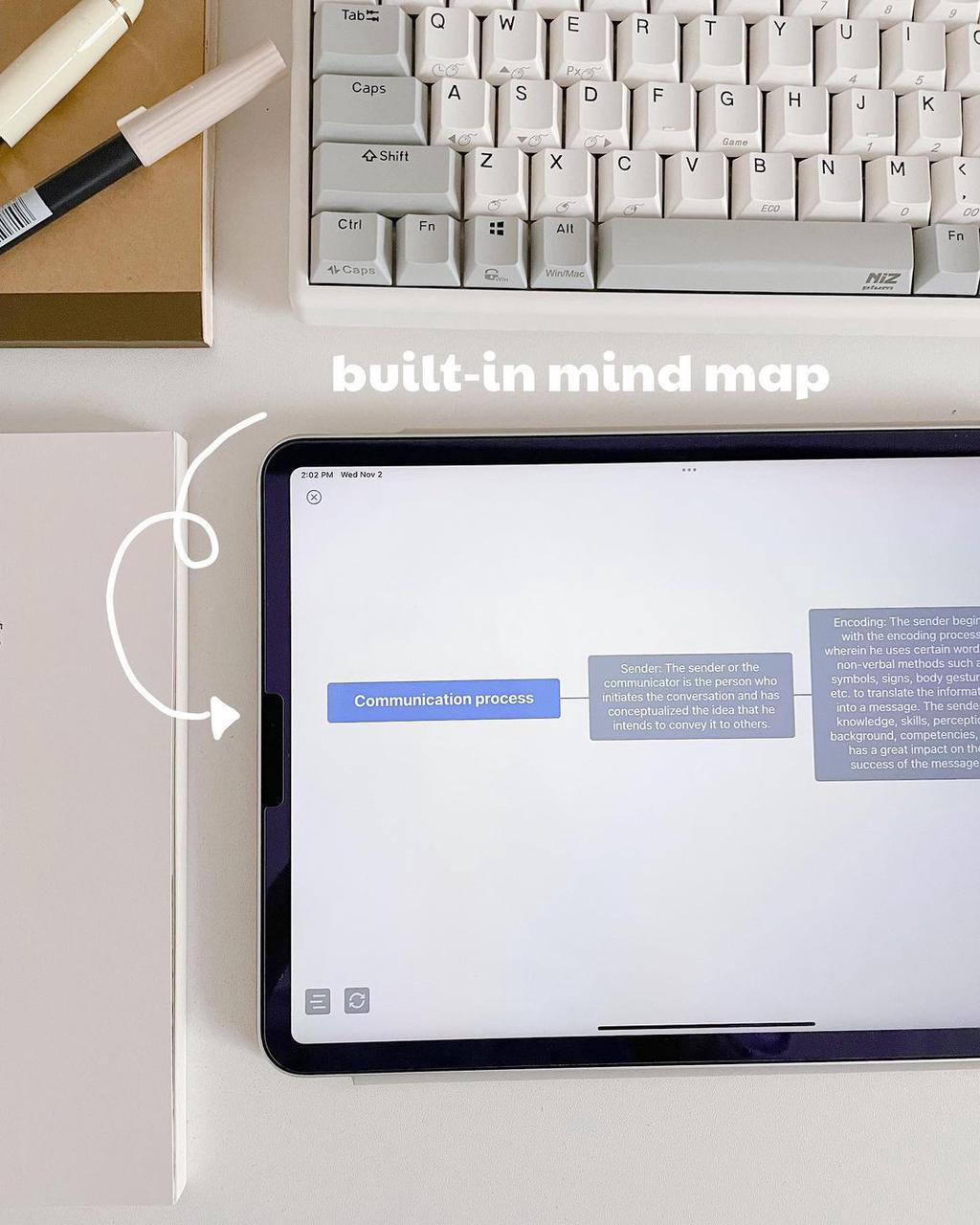
Mind Map Examples and Templates
Here are some mind map examples and templates to try:
- Simple templates for beginners and idea starters
- Bubble maps for planning and brainstorming together
- Flow charts for those who manage big projects
- Problem-solving maps for tackling tough issues
- Project management maps for overseeing big projects
- Time management templates for organizing tasks
- Product map templates for breaking down big projects
- Business plan maps for planning and presenting to investors
- Organization structure maps for showing company layout
- Logistics flow maps for understanding order fulfillment
- Financial planning maps for budgeting and managing money
- Sales funnel templates for planning sales strategies
- HR onboarding and job hiring templates for streamlining HR
- Web design mind map templates for planning website structure
With so many mind map examples and templates, you’ll find the right one for you. Effie’s built-in mind map feature offers customizable templates, making it easy to organize thoughts, ideas, and strategies visually.
Mind Mapping Tips and Techniques
Design choices in mind mapping greatly affect its success. Using colors, lines, arrows, images, and icons wisely makes mind maps both beautiful and useful.
Design Best Practices for Mind Mapping
Use different colors for each main branch from the center. Use lighter shades of those colors for the next levels. This keeps the map looking good.
Vary line widths to show how strong the connections are. Use dotted or dashed lines for loose or hypothetical links.
Add photos, drawings, icons, and emojis to your maps. They help share ideas better and make the map fun to look at.
Collaborative Mind Mapping Techniques
Mind mapping is great for team brainstorming and solving problems. Start with a creative warm-up. Then, set a time limit to keep things moving.
Be open and don’t judge ideas too hard at first. Focus on coming up with lots of ideas. Afterward, work together to improve the map.
Effie enhances collaboration by allowing real-time updates on your mind maps, making it a powerful brainstorming tool for teams working remotely or in different locations.
“Mind maps enhance collaboration, organization, planning, and visualization of complex information or processes within the specified industries or market segments.”
Mind Map Examples and Use Cases
Starting from scratch can be tough. That’s why we suggest using mind mapping templates to get going. Mind maps are perfect for planning strategies, organizing ideas, and seeing the bigger picture. They also spark creativity and help solve complex problems.
Mind maps are great for managing projects too. They break down big tasks into smaller ones and show us how to reach our goals. They’re also useful for marketing, helping us plan content and social media in a fun way. Plus, they’re good for website planning, outlining our online presence.
Mind maps are versatile and help us explore ideas and organize information. Effie’s mind map ideas for students make it a top choice for students needing to visualize concepts and organize information for better memory retention. Mind maps are great for writing down and sorting ideas. For planning, thinking up stuff, or keeping things in order, Effie can really help out. Effie is a tool that makes work easier.
FAQ
What is a mind map?
A mind map is a way to organize ideas visually. It starts with a main idea in the center. Then, subtopics branch out, connecting to other ideas.
How do mind maps work?
Mind maps use a structure where key ideas are at the center. Each tier builds on the last, showing the big picture and connections. This helps in understanding and making decisions.
What are the benefits of using mind maps?
Mind maps lower stress, improve memory, and give a big-picture view. They also help manage info, boost communication, and encourage thinking.
How do I create a mind map?
Start by picking a main topic. Then, add subtopics and connect related ideas. Choose key themes and explore specific ideas.
What does a mind map look like?
A mind map has a central idea with branches for subtopics. It’s often radial, with key ideas near the center.
What are some tips for designing effective mind maps?
Use colors, lines, and images to make your map stand out. Working with others can also bring more ideas.
How can mind maps be used?
Mind maps work well for making plans, thinking up ideas, and running projects. They also help with selling stuff, setting up websites, laying out writing, and jotting down info. It’s a tool for many jobs.
Source Links
- What is a mind map? – Meister – https://www.meistertask.com/blog/what-is-a-mind-map
- What is a Mind Map? Definition, Uses, Benefits and Templates – Venngage – https://venngage.com/blog/what-is-mind-map/
- What is a Mind Map? | MindMapping.com – https://www.mindmapping.com/mind-map
- What is Mind Mapping? What Are Its Uses? | Mindmaps.com – https://www.mindmaps.com/what-is-mind-mapping/
- 13 science-backed benefits of mind mapping | Nulab – https://nulab.com/learn/strategy-and-planning/8-science-backed-benefits-of-mind-mapping/
- 10 Benefits of Mind Mapping – https://ideascale.com/blog/mind-map-advantages/
- How to Make a Mind Map – https://www.lucidchart.com/pages/how-to-make-a-mind-map
- How To Make A Mind Map | MindMapping.com – https://www.mindmapping.com/
- 23 Mind Map Examples for Brainstorming & Planning | Figma – https://www.figma.com/resource-library/mind-map-examples/
- Mind map – https://en.wikipedia.org/wiki/Mind_map
- SIT Library Guides: Study Toolbox: Mind Mapping – https://sitacnz.libguides.com/Study_Toolbox/Mind_Mapping
- Mind Map Examples – Learn how to give life to your ideas – https://www.mindomo.com/c/mind-map-examples/
- Organize your thoughts with 7 mind map examples from the Miro community – https://miro.com/blog/mind-mapping-examples/

